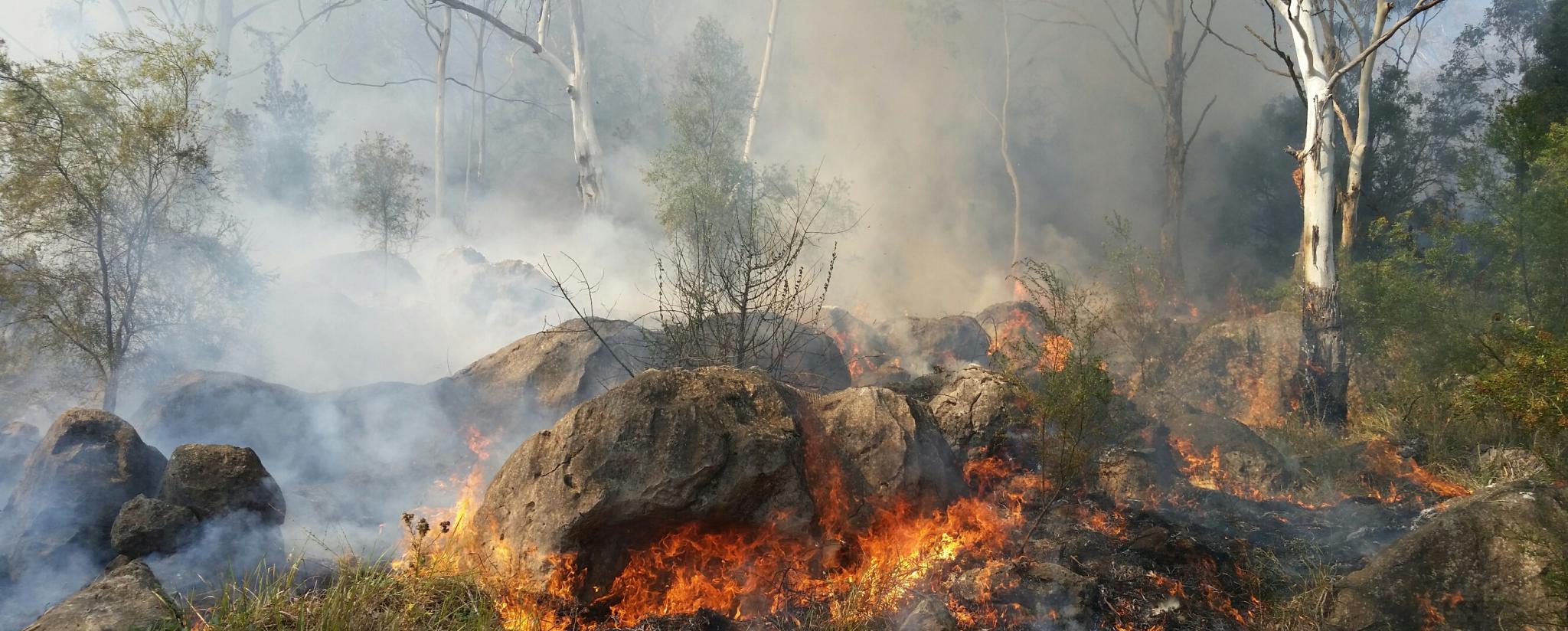How BAL Report Impacts Shrub Fire Protection Measures
In the world of bush fire defense, the Building Assault Degree (BAL) report stands as a crucial tool that substantially affects the security and resilience of residential properties in fire-prone locations - BAL Report. The effect of a BAL assessment extends far past mere documentation; it functions as the keystone for establishing the suitable building and construction standards and fire protection measures needed to alleviate the risks postured by bushfires. As communities face progressively severe fire periods, comprehending exactly how the BAL record forms these safety procedures becomes extremely important for contractors, home owners, and policymakers alike
Understanding the Bushfire Strike Level

Significance of BAL Report Analysis

In Addition, the BAL record analysis acts as a foundational action in abiding by legal commitments and demands associated with bushfire defense. Local councils and authorities typically mandate the entry of a BAL report as component of the preparation and structure authorization process to make certain that properties are appropriately protected versus bushfire risks. Falling short to conduct a complete BAL record assessment can result in poor defense procedures, leaving residential properties prone to ruining bushfire cases.
Building And Construction Criteria Based on BAL
An extensive understanding of the Bushfire Strike Degree (BAL) makes it possible for home owners to implement construction standards customized to their particular danger profile. Construction standards based on BAL are important in minimizing the influence of bushfires on homes. The BAL rating classifies the prospective danger a home deals with throughout a bushfire on a scale from BAL-Low to BAL-FZ (Flame Area)
Applying Fire Defense Steps
With the foundation of construction standards based on Bushfire Attack Level (BAL) in place, the focus currently shifts in the direction of the sensible implementation of fire security procedures to fortify residential or commercial properties versus bushfire dangers. Easy procedures consist these details of making use of fireproof structure materials, installing ember guards on vents, securing voids in wall surfaces and roofings, and maintaining a clear area around the home complimentary from flammable plants. By integrating both passive and active strategies, homes can significantly decrease their susceptability to bushfire cases and boost the security of residents.
Shielding Residences Against Bushfires
Properly securing homes versus the devastating impacts of bushfires needs a aggressive and detailed approach to fire defense measures. In addition, sealing vents and gaps to stop ember invasion, as well as incorporating fireproof doors and home windows, can help strengthen the home's defense against bushfires. By accepting a positive position and incorporating these protective procedures, home owners can considerably enhance their opportunities of protecting their homes visit our website against bushfires.
Verdict
In final thought, the Bushfire Assault Degree (BAL) record plays a critical function in establishing the necessary protection steps against bushfires. By assessing the BAL, construction standards can be tailored to minimize the threats and guarantee the security of homes in fire-prone areas. Applying fire protection steps based upon the BAL record is crucial in protecting homes from prospective bushfire dangers. It is imperative for homeowners to focus on BAL analyses and abide by suggested building criteria to enhance bushfire strength.
In assessing bushfire risk to residential or commercial properties, understanding the Bushfire Attack Level (BAL) is a critical part for implementing efficient security steps. On the whole, a clear understanding of the Bushfire Attack Level is essential for executing adequate defense steps and mitigating the impact of bushfires on properties.
